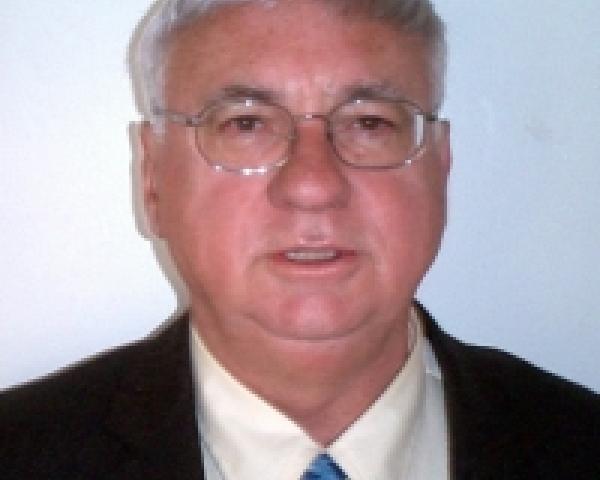The insurer readily admitted that after, a decade-long relationship with its preferred provider organization (PPO) vendor, the insurer could not identify a single quality medical provider in the network.
It was no wonder, because the entire business relationship with the PPO was based on discounts from network providers. The only document produced was an Excel spreadsheet showing total billed vs. total paid charges; nothing about what was paid for or to whom it was paid.
The entire foundation of the insurer's network strategy was what is known as "percentage of savings" arrangements with the PPO and corporate clients. Corporate clients typically pay 33% of these savings to insurance companies and third-party administrators, making them a major cash cow.
When I asked to see a breakdown of providers by specialty and how they matched up with the insurer's clients' work locations, I was met with blank stares. I asked, "If a client is billed for a discount on an MRI that was not medically necessary, how is that a savings?" The reply was a proud, "The more MRIs ordered, the more money we make."
Not a thing in the PPO network criteria included selecting credentialed, high-quality providers who were experienced in the diagnosis and treatment of work-related injuries and illness. That was a new concept to the insurer. It was not looking for the best doctor in town; it wanted the cheapest.
I found memos in which both the utilization review team and the unit that handled self-insured clients were completely in favor of developing a network based on the quality of care. But they were not invited to the table on corporate network strategy. Nothing was going to change that network strategy and cash cow.
Corporate clients have been paying for phantom savings for decades through these "percentage of savings" PPO arrangements.
That must change.
A corporate-wide network strategy must start at the moment of injury and consist of a pre-planned strategy at the local worksite. People say that all politics is local, and that is true with healthcare. All healthcare is local. Injured workers need to be treated by the best and most appropriate medical provider from the moment of injury. That should be the only network strategy. Period.
Paying the best provider a fair and negotiated fee, while establishing a pre-planned communication and claims process with input from local case managers and other medical providers around key work locations, is the foundation of a real strategy. This approach has been working for many well-informed and progressive companies for decades.
Why is this approach not promoted? Because there is no cash cow on discounts for managed care vendors, insurers and TPAs.
I have worked with major national corporations developing local hubs at key worksites across the country by utilizing front-line providers such as urgent care centers, primary care providers, specialists and facilities, all trained and credentialed in workers' comp and industrial medicine.
In establishing these pre-planned hubs, we were able to establish excellent working relationships with handpicked network providers that worked closely with corporate clients by actually visiting work locations or reviewing videos of job requirements. The entire process of best practices from injury notification to return-to-work was put in place.
These custom-built networks truly reduced corporate costs 30% or more, savings that were documented using various benchmarks and metrics developed during the process but, more importantly, documented by the causality actuaries in their annual FASB financial statements. Those are savings that went directly to the bottom line and stock price. Instead of paying money to the insurer or TPA for 33% of the savings arrangements on broad-based PPOs and putting millions in PPO vendor bank accounts, I put money in the client's bank account.
It is time for companies that pay for workers' compensation to put the "preferred" back in their PPO strategy. A "preferred" provider isn't offering discounts but is providing high quality medical care and better patient outcomes in compliance with evidence-based medicine practices. Preferred providers diagnose and treat a given condition and get that injured worker on the road to recovery from day one.
That is a network strategy.








